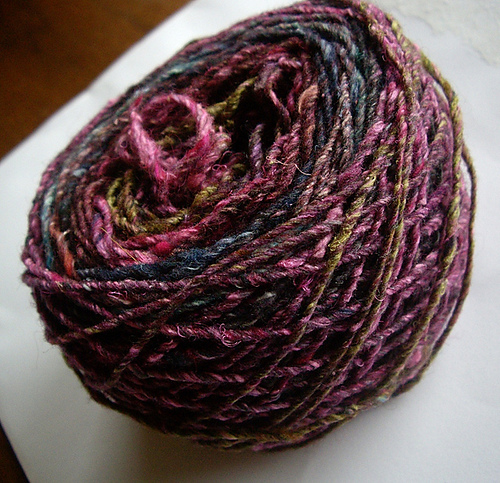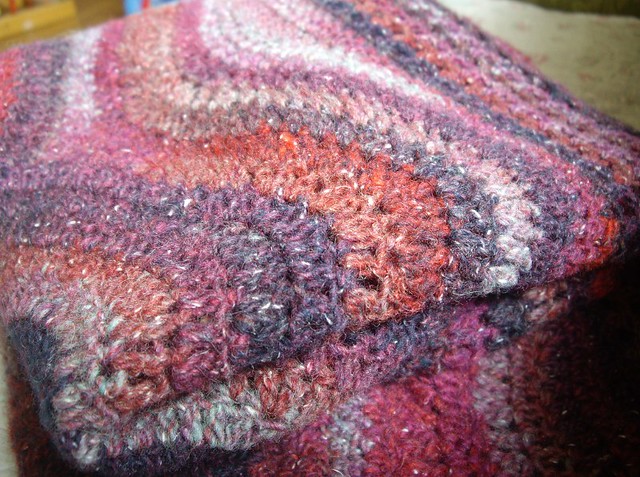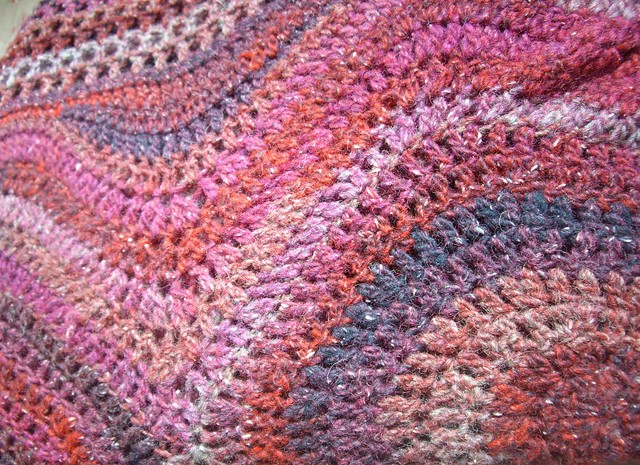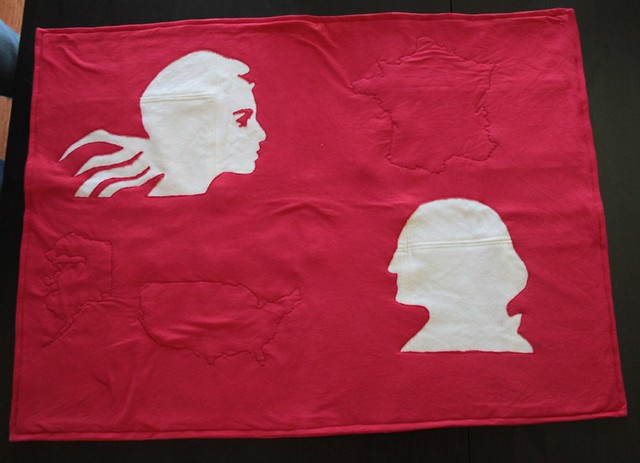
French friends of ours whom we met in Australia, who also live here in Seattle, recently had their first child. What better opportunity to produce the world's first (I'm guessing) Gallo-Australo-American wagga?
The patchwork woollen blanket was actually sewn up about a
year ago from pieces cut from a blazer that I bought at the op shop. As the baby's mother is allergic to wool, and even though I'm not sure whether that is a heritable condition, I wanted to encase the blanket in cotton as much as possible. I acquired a good amount of red cotton jersey courtesy of a Tommy Hilfiger sheet set that I bought at a thrift store here in Seattle and used that to mostly encase the blanket. I also figured that this would be softer against the baby's skin.

One of the things that has struck me living and driving here in Washington state is the wonderful graphic of George Washington's profile that is used on the
road signs for the state routes. It reminds me of the Queen's profile on English postage stamps (although as someone here quite annoyedly pointed out to me, Washington was not the king of the United States; ah, yes).
Anyway, as our friends are also from elsewhere, living here, for decoration on the quilt I wanted to combine some cultural graphic icons so I chose Washington's profile and also that of the
Marianne, the national emblem of France. The profiles are done in reverse appliqué - I placed the cotton jersey onto the woollen blanket and machine stitched around the image with a ball-point needle and tiny stitches, then carefully cut away the fabric inside.
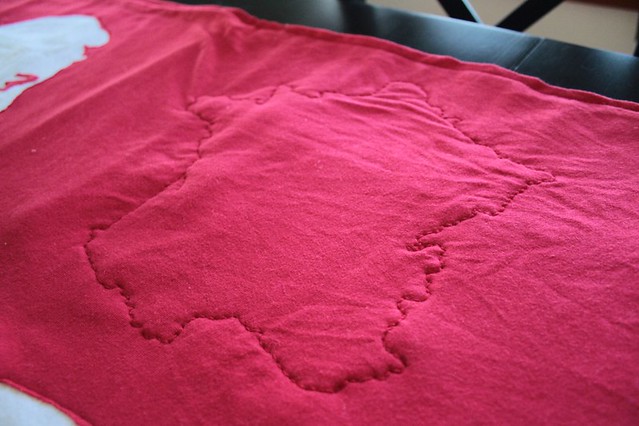
The rest of the space on the quilt needed something so I transferred the outlines of both France and the United States to the top and used running stitch to further quilt the layers together. I stitched around twice, so there are no gaps between the stitches.
I must admit, I'm really happy with this quilt and also excited by it. Happy because it turned out so well, because I love the old-fashioned feel of the deep red against the cream, with the witty imagery (if I may say so myself).
Excited because finally, after probably about four or five years of thought, I finally realised a modern wagga as I have had in mind all that time. And because it is done completely from recycled materials - even the embroidery thread was from an unravelled cotton sweater. Yes, there is also the one that I started for my own baby boy, who at one and a half is hardly a baby any more. And yes, I'm still working on it, stitch by stitch.

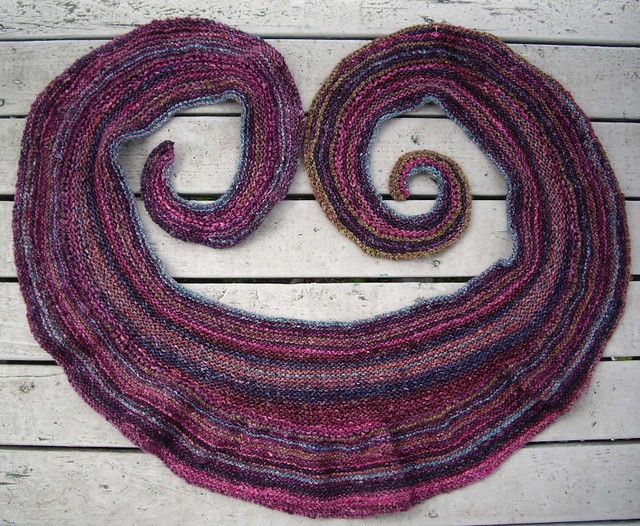 Needles: 4.5mm.
Needles: 4.5mm.



